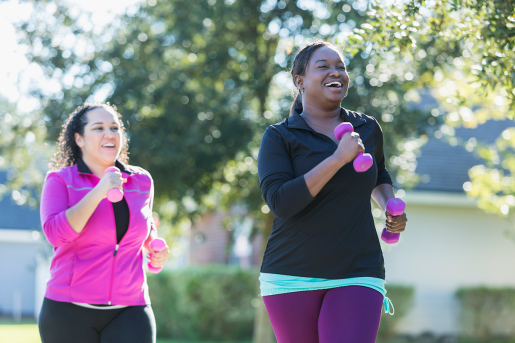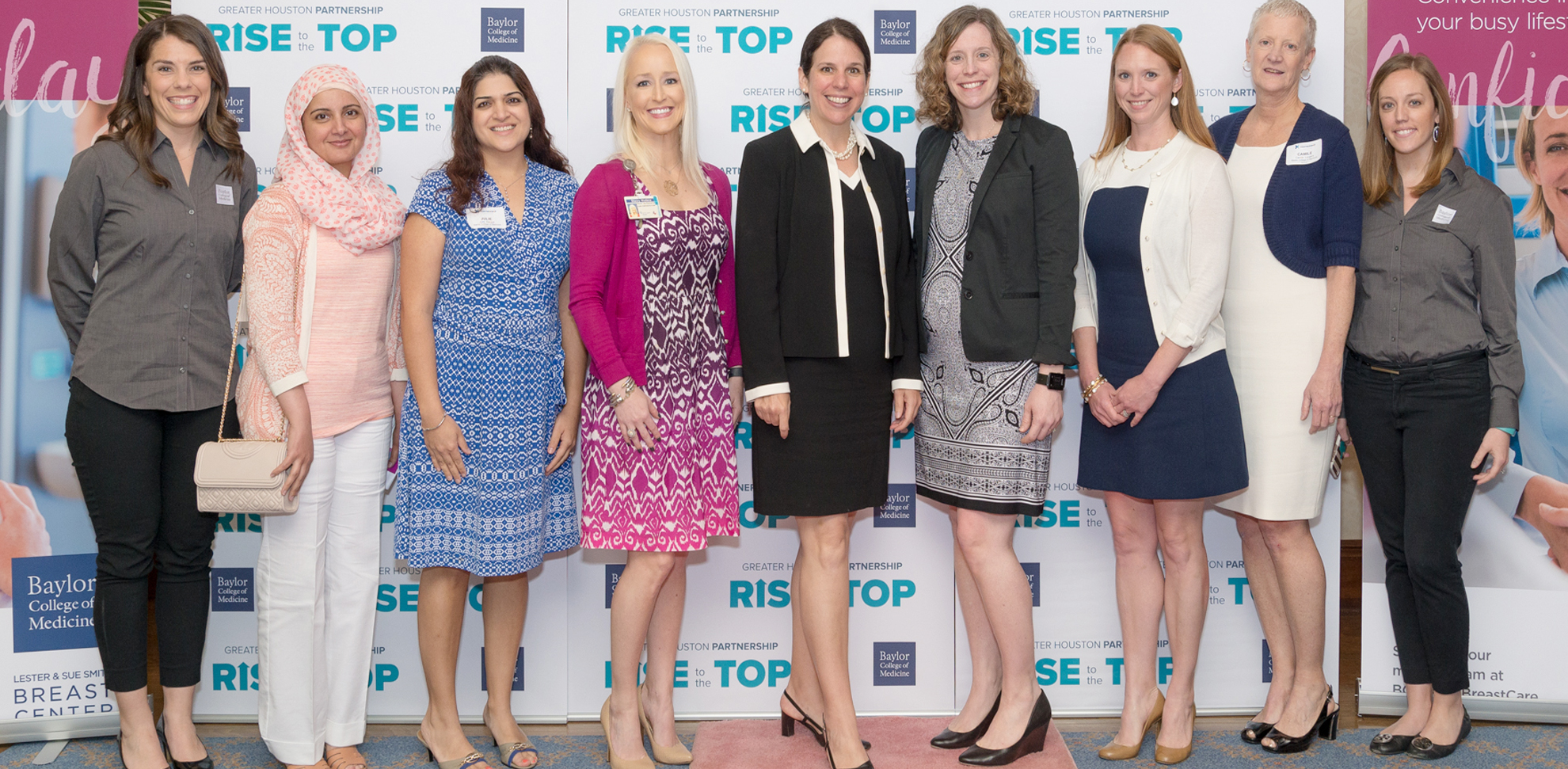How do bones grow?

Bones play an important role in the body, providing structure, stability and protection to organs. Multiple factors can affect bone health, such as sex and race, as well as activity level, nutrition and hormones. While bones change over time, it’s important to maintain bone health throughout your lifetime as the body ages.
“Our peak bone growth usually happens during adolescence, so that is a very important time to make sure you have good bone health,” said Dr. Candace Mason, orthopedic surgeon and assistant professor in the Joseph Barnhart Department of Orthopedic Surgery. “Physical activity and nutrition are crucial for bone health.”
The recommended calcium intake during adolescence is the highest at about 1300 mg so the bone can develop the structure it needs to grow. Osteoblasts are bone-forming cells that make the structure of the bone, while osteoclasts resorb the bone, creating space for osteoblasts to form new bone tissue. Loading your bones through exercise and activity also helps promote bone formation.
As you reach adulthood, your calcium intake should be about 1000 mg. Once women reach the age of 50, that amount increases to 1200 mg. When men reach 70 years of age, they should increase their intake to 1200 mg.
Bones are made up of different materials: collagen, proteins and minerals that form a matrix in the bone. As you get older, changes occur in the body, such as menopause, which leads to altered levels of the hormones that affect bone health. The decrease in estrogen during menopause leads to higher rates of bone resorption. The amount of calcium taken out of the bone increases and the amount of bone your body produces decreases, leading to an overall decrease in bone mineral density known as osteoporosis.
“Your bones form structures like a honeycomb shape, and as the pores get bigger, the density decreases. If your bone is less dense, it can be more fragile. So if you experience trauma, like falling from standing, it can lead to certain high-risk fractures such as hip fractures, spine fractures or wrist fractures,” Mason said.
Incorporating calcium-enriched foods in your diet will help offset the decrease of calcium absorbed in menopause:
- Dairy products
- Dark, leafy greens
- Certain fish: salmon, tuna, sardines
- Lean protein and tofu
- Calcium supplements
- Vitamin D
“Calcium with vitamin D is very important because vitamin D helps you actively absorb calcium. Without vitamin D, you’re only going to passively absorb about 15% of the calcium you consume,” she said.
Mason also recommends increasing your activity level in a healthy way. About 40 percent of women with osteoporosis can develop a fragility fracture, so try low-impact activities like walking or light jogging to increase bone health.
A balanced diet filled with foods that are high in calcium, dairy and lean proteins is important for bone health among all ages. Avoid foods that are high in fat and inflammatory compounds, as well as smoking and nicotine, which decrease blood flow and bone formation. Excessive alcohol intake also decreases bone health. Regular physical activity also benefits your bone health. Walking can be tailored toward each individual person and helps load the bone. Jogging is also beneficial but might be too high impact for some. Low-to-moderate intensity strength training can also help to load your bones to get them to see the stress that stimulates osteoblasts to lay down new bone formation and improve bone density.
“If you’re not engaging in any physical activity during adolescence and you’re not loading your bones, then you’re going to get less peak bone mineral density at that age, and that can affect you for the rest of your life and will increase your risk of fractures later on in life,” Mason said.
Learn more about Baylor Medicine Orthopedics and Sports Medicine.
By Homa Warren



